Plate Processing Company
Basic Terminologies Used by Carbon Steel Processing Pros and Their Meaning
Basic Terminologies Used by Carbon Steel Processing Pros and Their Meaning
Carbon steel is the backbone of many industries, from construction to automotive. Whether you're considering a career in this field or just want to understand more about the products you use, this post will help you better understand the terms used in carbon steel processing services in Houston.

Basic Terminologies Used by Carbon Steel Processing Pros and Their Meaning
Carbon steel is the backbone of many industries, from construction to automotive. Whether you're considering a career in this field or just want to understand more about the products you use, this post will help you better understand the terms used in carbon steel processing services in Houston.
- Carbon Content
At the heart of carbon steel is, well, carbon. The amount of carbon in the steel determines many of its properties. Professionals often categorize steel as low, medium, or high carbon, each with its own characteristics and uses.
- Heat Treatment
This is a crucial process in carbon steel processing. It involves heating and cooling the steel in specific ways to alter its properties. Carbon steel processing services in Houston often use heat treatment to make steel harder, stronger, or more ductile.
- Annealing
Annealing is a type of heat treatment that softens the steel, making it easier to work with. It's like giving the steel a relaxing spa day, reducing its hardness and increasing its ductility.
- Quenching
The opposite of annealing, quenching rapidly cools heated steel to increase its hardness. It's like giving the steel a sudden cold shower to toughen it up.
- Tempering
After quenching, steel can be too brittle for some applications. Tempering is a follow-up heat treatment that reduces brittleness while maintaining strength.
- Normalizing
This heat treatment process creates a uniform grain structure in the steel, improving its mechanical properties. It's like reorganizing the steel's internal structure for better performance.
- Work Hardening
As carbon steel is shaped and formed, it can become harder and stronger. This phenomenon is called work hardening, and it's both a challenge and a tool in steel processing.
- Yield Strength
This term refers to the stress at which steel begins to deform permanently. It's a crucial factor in designing structures and components made from carbon steel.
- Tensile Strength
The maximum stress that carbon steel can withstand before breaking is its tensile strength. This property is essential for determining how much load a steel component can bear.
- Ductility
Ductility measures how much a material can deform without breaking. Carbon steel processing services in Houston often need to balance strength with ductility for optimal performance.
- Forge Welding
This ancient technique joins pieces of carbon steel by heating them to extremely high temperatures and hammering them together. It's still used in some specialized applications today.
- Hot Rolling
In this process, carbon steel is heated above its recrystallization temperature and passed through rollers to reduce its thickness. It's a common way to shape steel into sheets or bars.
- Cold Rolling
Similar to hot rolling, but performed below the steel's recrystallization temperature. Cold rolling can increase strength and improve surface finish.
- Galvanization
To protect carbon steel from corrosion, it's often coated with a layer of zinc. This process is called galvanization and is crucial for many outdoor applications.
- Stress Relief
After welding or other processes that introduce internal stresses, carbon steel might need stress relief. This heat treatment reduces these internal stresses without significantly changing the steel's properties.
Remember, while these terms are used globally, specific techniques and approaches may vary. Carbon steel processing services in Houston, for instance, might have their own local specialties based on the industries they primarily serve.
Whether you're a curious hobbyist or considering a career in this field, understanding these basic terms is your first step into the fascinating world of carbon steel processing.


